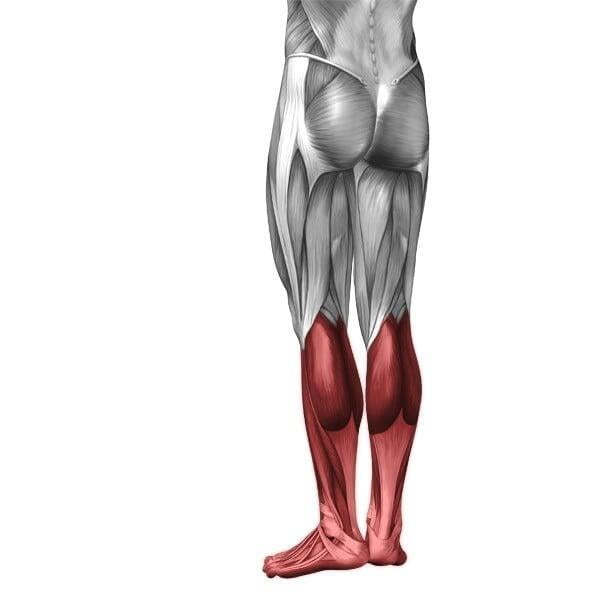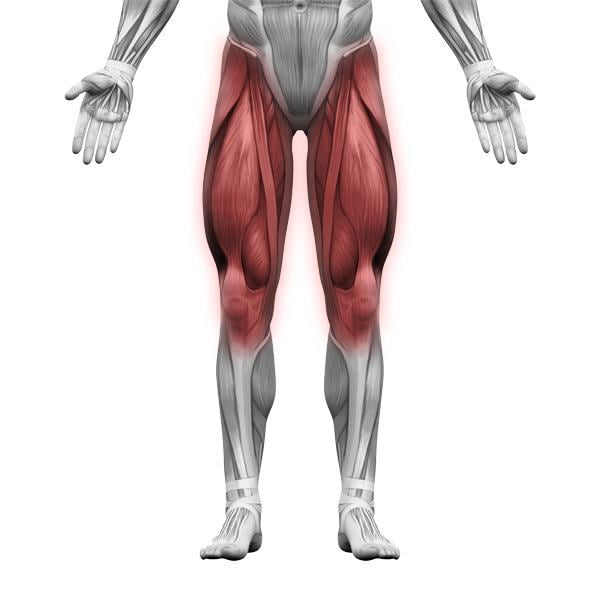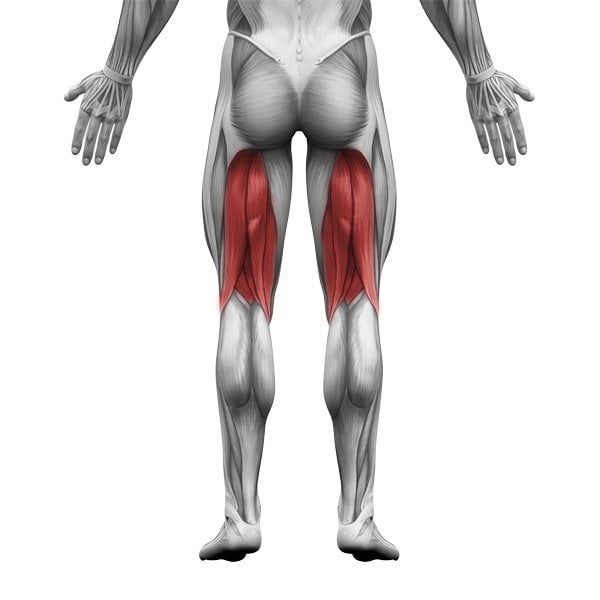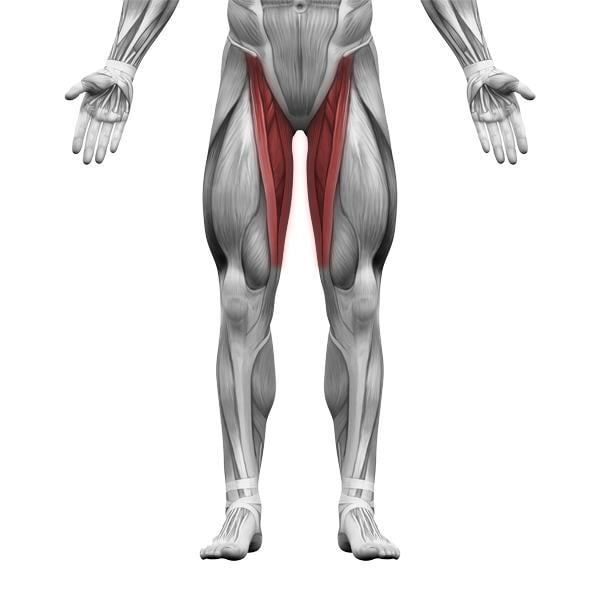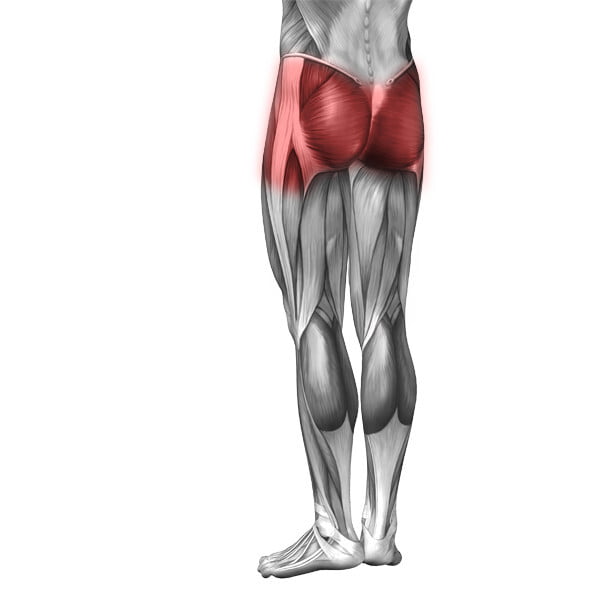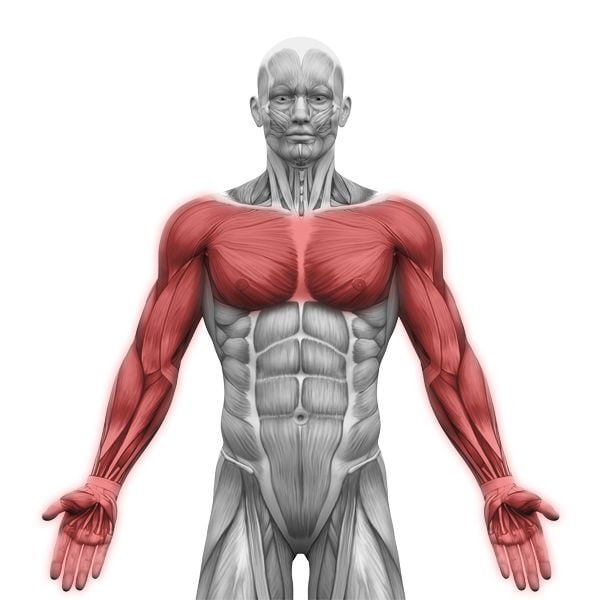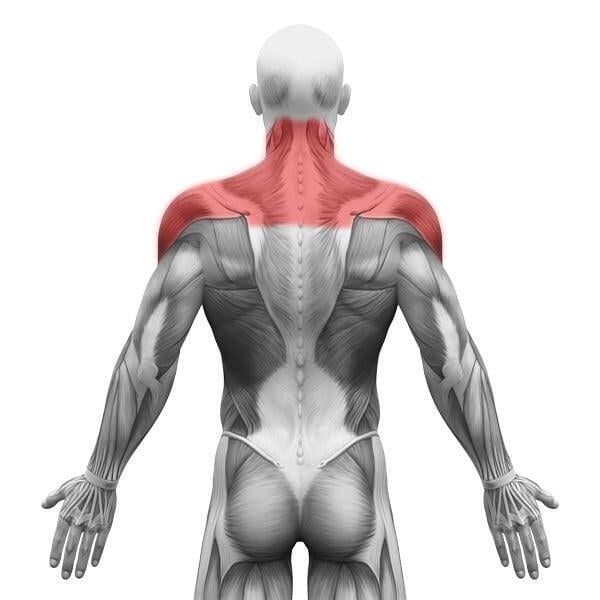Principals of Stretching
Stretching is 'the process of placing particular parts of the body into a position that will lengthen the muscles and associated soft tissues'.
“My [insert body part body] feels tight” is a regular phrase heard in the Tylino treatment room. It is said by people from all walks of life; sports persons, office workers, manual workers, stay-at-home parents, school students. Pretty much everyone will suffer tightness and tension at some point. Not moving enough, the way we do move and our age are all contributing factors to muscle tightness and flexibility.
You might notice that you’re feeling tight when reaching down to pick something up seems more difficult than usual because there’s stiffness in your knees and lower back. Or maybe your running stride feels cumbersome because your hamstrings aren’t playing nicely. Or you feel creeky and stiff when getting up from your desk at the end of a working day because your hip flexors have been shortened all day and they now think that’s how they’re supposed to be (but really they’re not!).
Fear not, because stretching can help. By moving in to or holding different positions, certain muscles will be encouraged to elongate which in turn will help to lengthen their associated soft tissues. By elongating and lengthening this soft tissue, it can operate more efficiently, therefore allowing you to complete your chosen tasks more easily and with less risk of injury. Some stretching practices can also help to improve joint mobility.
There are many benefits to stretching, including reducing muscle tension, improving range of movement, increasing the potential power output of muscles and reducing muscles soreness and fatigue. Also, it sometimes just feels pretty great to get a good stretch.
The stretches demonstrated here are not aimed at getting you to be able to do the splits or anything else as extravagant. They are hopefully going to help you to move more easily and with fewer grumbles about a tight this and that. Moving more easily will help with everything from simple tasks in day to day life to improving your sporting performance.
Types of stretching
There are different types of stretching practices, although one way isn’t necessarily better than another but it does just depend on what you’re trying to achieve. Are you warming up before sport? Are you trying to release the tension from a stressful week at work? Do you want to just move?
Dynamic stretching
Yes, one of my favourite subjects to tell Tylino clients about. This is stretch and movement combined. It’s the perfect warm up prior to sport or activity. Joints and soft tissues are taken through their range of movement using controlled and gentle movement. This movement is often similar to that which might be used in the sports or activity about to be undertaken. Dynamic stretching also increases blood flow to the muscles and temperature, great prep work for hard work.
Static stretching
This is probably more what you think of when someone mentions stretching. It involves holding a position for a short period of time (generally 15 seconds to 2 minutes). Basically you get yourself in to a position that will allow the muscle to elongate, hold it there and let the body do its thing. You might be a little bit uncomfortable but it’ll be useful discomfort and totally worth it. During exercise, your muscles needs a little bit of spring to them so lots of static stretching before activity is not recommended.
" I'm sore so I'll stretch "
Stretching does a good job, but please don’t expect it to be the cure for all aches and pains. It may well be that tightness in a particular area is associated with the pain you’re feeling there too. However, that pain may also be caused by something else, such as inflammation. The pain may be stopping you from using that joint and so the tightness has developed because it’s not being used.
Stretching is a great tool for helping to keep your muscles supple, your joints to move more freely and to keep you feeling pretty fantastic. But, there’s always a but. There won’t be a magic one stretch that will make pain go away. If you’re already in pain that’s pretty bad or that just won’t go away then stretching may help, in the short term. A longer term solution is getting to the route of the pain causing problem and giving your body time to rest and recover.
DOMS (delayed onset muscle soreness) is a different sort of pain. Muscles might be a feeling a bit worse for wear after a tough workout. With DOMS, muscles might feel tight, but they are actually sore. Stretching can still help here by increasing blood flow and getting your body moving.
Sink, don't dive
The stretches and mobility here are just examples of what may be of help. Each will work just the same for the most sportiest person to the most sedentary. You may have to make a few adaptations to accommodate current range of movement and injuries but overall most will be the same. A few do and don'ts to remember.
~ Work within your own range of movement and only take the stretch to the point of tension.
~ Stretching is not supposed to be painful, so if it is then back off. It might be uncomfortable but you’ll know the difference between discomfort and pain..
~ Remember to breathe. You might find yourself holding your breath but this causes tension in muscles so it is kind of defeating the purpose of the stretch.
~ Ease in to the stretch by taking it gently and slowly, sink don’t dive!

